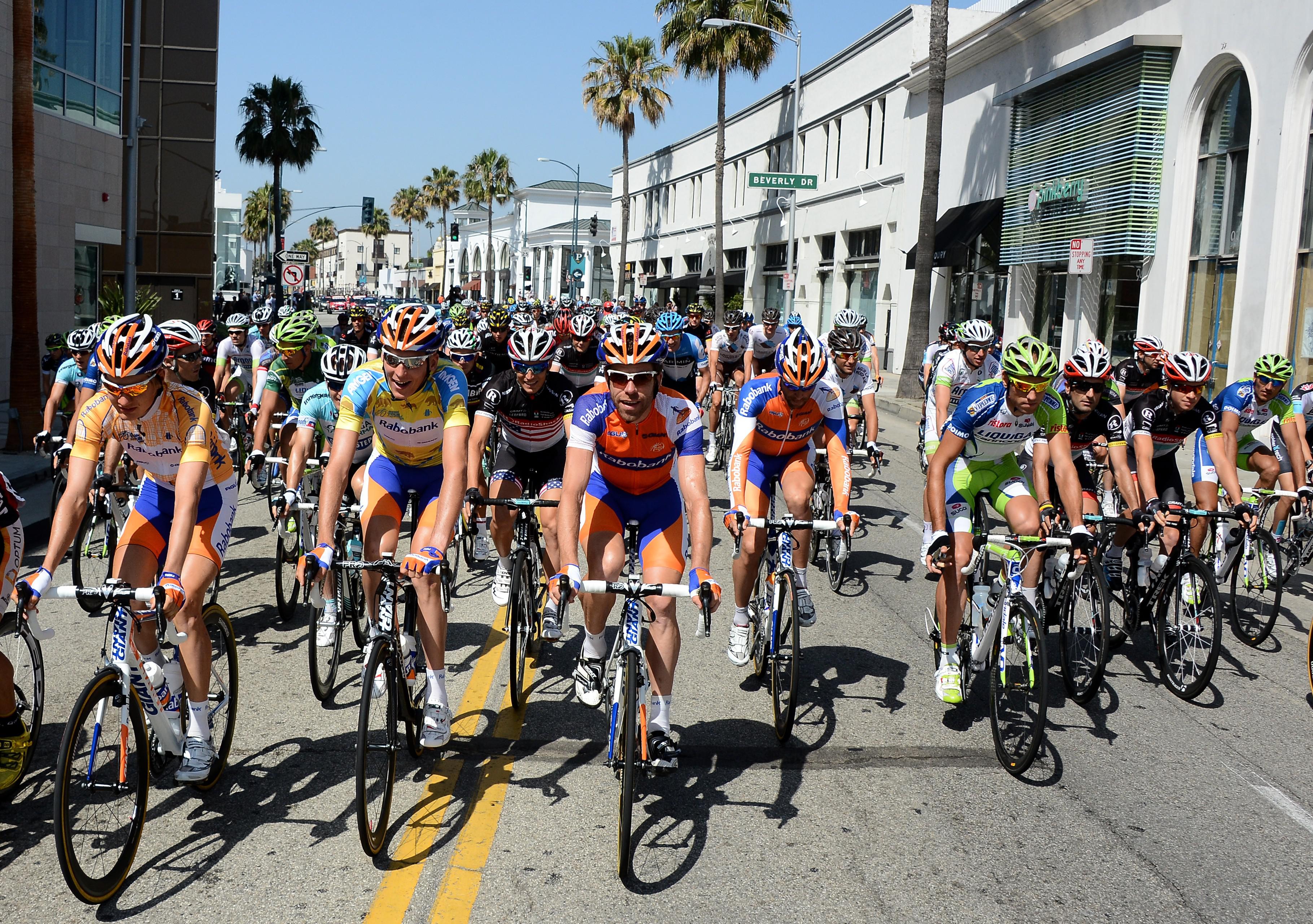The U.S. Anti-Doping Agency has charged cyclist Lance Armstrong with doping, claiming that his blood samples from 2009 and 2010 indicated Erythropoietin use and/or blood transfusions. According to the New York Times, all but two of the Tour de France winners since 1995 have been involved in doping controversies. Why does doping seem to be so much more common in cycling than in other endurance sports?
Heightened scrutiny, among other things. Doping is depressingly prevalent in cycling, but it’s not entirely clear that the situation is better in other endurance sports. In 2010, cyclists failed 1.19 percent of the doping tests administered by the World Anti-Doping Agency. Triathletes did only slightly better, failing 1.09 percent of their tests. It’s difficult to compare those results to marathon runners, because the agency lumps their results in with other nonendurance track-and-field athletes like pole vaulters. (Overall, track-and-field athletes failed 0.78 percent of tests.) Taking all sports into account, the fail rate in cycling is rather middling. Athletes involved in weightlifting (2.42 percent), boxing (1.94 percent), and archery (1.47 percent) all failed at significantly higher rates than cyclists. (Archers, if you’re wondering, take beta blockers to keep their hands steady under pressure.)
Part of the reason it seems like cyclists are always failing drug tests is that cyclists are always taking drug tests. Ever since the Festina affair revealed systematic doping at the 1998 Tour de France, top cyclists get tested dozens of time per year—far more than most other athletes. Doping scandals in cycling also receive more media attention than test failures in less popular sports because of the marquee names involved. For example, few Americans are aware of the doping crisis that has gripped cross-country skiing in recent years. The stakes are also higher in cycling than in other extreme endurance sports. The overall winner of the Tour de France takes home over $500,000, with the potential for millions more in sponsorships; a top cross-country skier might earn around $400,000 in a whole season.
While the statistics are equivocal, some observers believe that cycling’s reputation as “the most consistently drug-soaked sport of the twentieth century” is well-deserved. There are several reasons that performance-enhancing drugs might be especially common in the sport. It is, indisputably, a uniquely grueling test of endurance. Unlike marathon runners or triathletes, cyclists compete nearly every day for weeks at a time. During that period, their red-blood-cell counts and testosterone levels drop. Doping can prevent that from happening, enabling racers to compete at a higher level in later stages of an event.
Cycling is also one of the few team endurance sports, which likely contributes to the doping culture. Team managers have allegedly pressured domestiques—lower-level riders who support the premier racer—to take performance-enhancing drugs for the good of the team.
The weight of history is another important factor. Since doping is such an obviously effective strategy, it has become an ingrained part of cycling culture. In the late 19th century, professional racers ate sugar cubes dipped in ether, or drank coffee spiked with extra caffeine, strychnine, nitroglycerine, or cocaine. By the middle of the 20th century, amphetamines were the drug of choice, before yielding to EPO and other methods of blood doping in the 1990s. Cycling legend Jacques Anquetil once said, “I dope myself. Everyone dopes himself. Those who claim they don’t are liars. For 50 years bike racers have been taking stimulants.”
It’s worth noting that long-distance running has its own doping history. In the 40-kilometer race at the 1904 Olympics, trainers fed American winner Thomas Hicks strychnine and egg whites as he struggled through the final 10 miles. His finishing time was 3:28:53, a pace that wouldn’t even qualify him to run the Boston Marathon as an amateur today.
Got a question about today’s news? Ask the Explainer.
Explainer thanks Ben Brewer of James Madison University, John Gleaves of California State University, Fullerton, John Hoberman of the University of Texas at Austin, and Charles Yesalis of Penn State University.
